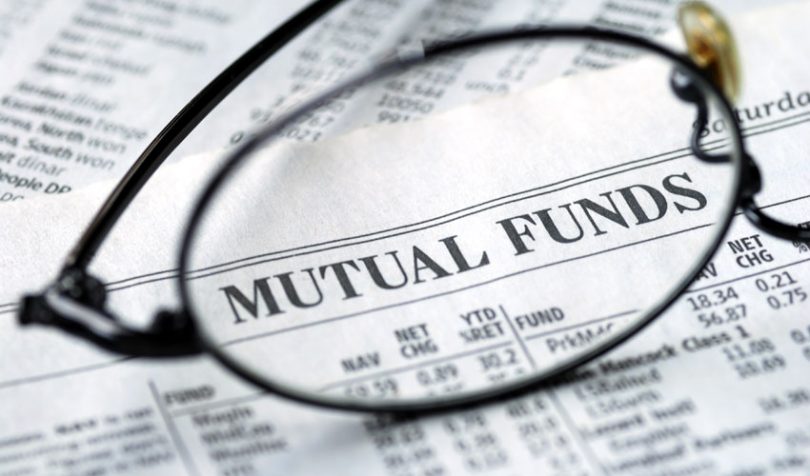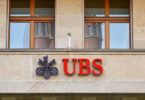Today Calastone announced the launch of its Distributed Market Infrastructure (DMI) which uses blockchain to help its 1,800 clients manage transactions for the mutual fund sector. The UK company estimates that blockchain can save the industry £3.4 billion ($4.3 billion). It has migrated the technology that underpins its network, so the company claims its the largest use of distributed ledger technology (DLT) in the financial services sector. Calastone processes £170 billion ($218 billion) in transactions monthly.
The Mutual Funds industry involves retail investors, brokers or intermediaries, asset managers and their administrators. Trades are still sometimes emailed or faxed, and there’s a lot of manual reconciliation.
Calastone was set up more than 11 years ago to help to automate trades and integrates ten different networks over which funds can be purchased. So it receives data in the client’s chosen format, normalizes it, and translates the data to another format for the counterparty. Before blockchain, the automation involved connecting silos of data using many technical messaging standards such as FIX and SWIFT. Messaging will continue to be supported.
But blockchain enables the move away from messaging between data silos that require reconciliation to shared data. Connecting to the blockchain network via Calastone’s API, DMI order routing enables all relevant parties to view the same order in real-time. Apart from the parties to the transaction, it’s also possible to share the details with custodians, accountants and trustees.
“Through Calastone’s blockchain-enabled market infrastructure all participants across the fund’s world can work together seamlessly and view trading activity in real-time,” said Campbell Brierley, Calastone’s Chief Innovation Office. “Information now ripples instantly across the market, a step change from the previous, fragmented model. Financial services firms worldwide can, via the DMI, utilise new services, enhanced capabilities and new investment opportunities, allowing them to evolve their proposition to one that will be more competitive and valuable long-term.”
Calastone said that several early adopters provided feedback including RBC Investor & Treasury Services, Bravura Solutions, Seven Investment Management, Multrees and Tilney Investment Management.
Smoothing the path to the cost savings
Previously Ken Tregidgo, Calastone Deputy CEO commented that “For DLT to succeed, the transition phase must be carefully managed. Migrating onto new technology can be a highly complex process for fund businesses, many of which still rely on significantly outdated technology. To ease the transition, the industry must adopt DLT in a straightforward manner without disrupting existing systems and processes.” To that end, the DLT settlement process enables the uploading of transactions even if the trades were not executed on the system. Settlement also enables netting.
For existing users that don’t wish to use the new features that blockchain enables, there is no material change or integration needed.
Today the market for funds is very fragmented. “In terms of creating an asset marketplace, it is really building out where are today to be that point where all buyers and sellers of funds are connected and in the same environment and have access to the same core data, ” said Calastone CMO Andrew Tomlinson. “Everything can be done in one place. By doing so, it’s massively more efficient, and that’s where it’s really going to take huge amounts of cost out of the system.”
Technology
The blockchain technology is Enterprise Ethereum using Proof of Authority on a private permissioned network. The primary reason for choosing Ethereum was when the project started, Ethereum was the most mature. However, Calastone wants to be agnostic with blockchain frameworks and has done significant work on a version using Digital Asset in particular, and also Hyperledger Fabric.
CMO Andrew Tomlinson commented: “Should one technology become much more prevalent or become the de facto technology we have the capability to switch out the technology and maintain the Distributed Market Infrastructure.” The other motivation is interoperability.
The company is a member of Hyperledger and an investor in blockchain technology company Digital Asset, the startup behind the Australian Securities Exchange’s (ASX) replacement CHESS settlement system.
Currently, there’s a fully managed service to host the nodes. But if any clients want to host their own nodes they can. When a single party manages all the hosts, some question the need for a blockchain.
“There’s lots of technology you could use to distribute a network,” said Campbell.
Looking at the existing Calastone technology, he commented: “I have a network layer, a database layer, an application layer, a security layer, a messaging layer, and I could keep going.” He observed that many of the blockchain frameworks come with all these layers in one package. “But the key point is you’re not just distributing the data or the state of the market. You’re distributing the code. And when you distribute the code that means the other site knows they’re running the same version.”
Other Initiatives
In part, because the fund industry lacks a Central Securities Depositary, there are numerous blockchain initiatives targeted at the sector.
London-based SETL developed a blockchain record-keeping system for funds called IZNES, which is popular in the French market. In September last year Swedish bank SEB teamed up with Nasdaq to test a fund trading platform. Luxembourg Stock Exchange subsidiary Fundsquare has developed the FundsDLT platform where Credit Suisse Asset Management recently ran a pilot.
The article has been significantly updated






